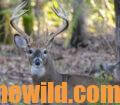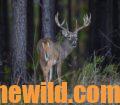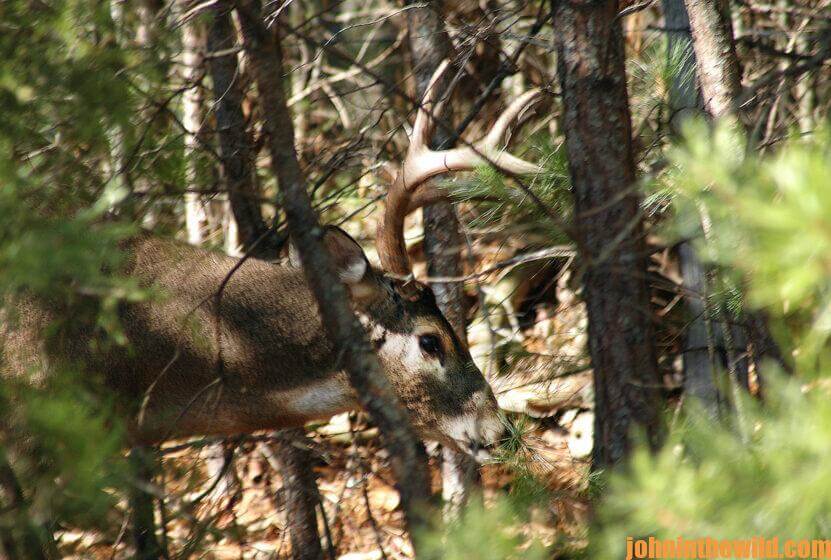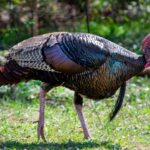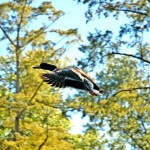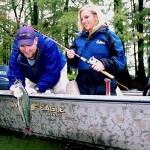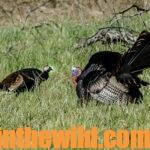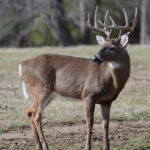Editor’s Note: Many hunters consider pine plantations biological deserts where nothing exists except pine trees and pine straw – or that’s what outdoorsmen have told other sportsmen for years. Honestly, I truly hope you believe that, because the majority of hunters who accept that idea will stay out of some of the best big-buck territory in the nation, leaving the prime hunting spots for those who know how to hunt the pines. Pine plantations generally home some of the most-productive places I know to take big deer for three reasons. Pine plantations provide food and browse for the deer to feed on, cover they can hide in and a barrier most hunters won’t penetrate to search for deer. Deer hold in pine plantations from the first year after the planting of the pines until the last year when foresters cut the mature trees, generally a timeline of about 30 years. Let’s look at some secrets for hunting a pine plantation.
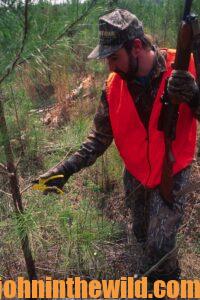 * Hunt trash piles/windrows. Immediately after the clear-cutting of a region, foresters will pile-up stumps and brush and often try to burn them. During the first 5 years of a pine plantation’s life, these windrows, which seem to vanish inside the pine plantation, will grow up with honeysuckle and briars. Then as the young pines and the vegetation in them grows, you’ll no longer see the windrows from outside the clear-cut, but you still can locate them. As the stumps, roots, burnt logs and limbs forming the windrow rot and decay, they’ll produce very-rich and fertile ground that grows a wide variety of shrubs and vines that deer love to eat, including blackberry, greenbrier, honeysuckle and
* Hunt trash piles/windrows. Immediately after the clear-cutting of a region, foresters will pile-up stumps and brush and often try to burn them. During the first 5 years of a pine plantation’s life, these windrows, which seem to vanish inside the pine plantation, will grow up with honeysuckle and briars. Then as the young pines and the vegetation in them grows, you’ll no longer see the windrows from outside the clear-cut, but you still can locate them. As the stumps, roots, burnt logs and limbs forming the windrow rot and decay, they’ll produce very-rich and fertile ground that grows a wide variety of shrubs and vines that deer love to eat, including blackberry, greenbrier, honeysuckle and 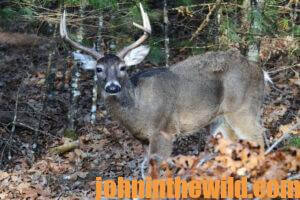 other plants, offering a smorgasbord for the deer. The windrows become a deer food buffet that may stretch throughout the entire length of the pine plantation, providing food as nutritious and abundant as a green field and often creating an edge effect inside the planted pines. These windrows, which look like long, slender walls of dirt and foliage, generally have higher elevations than the surrounding ground. But these windrows will have breaks in them, which will allow deer to pass through them to move from one side of the clear-cut to the other. These breaks in the windrows create funnel areas inside the planted pines that concentrate deer. You can set up a ground blind or a tripod stand close to these funnel areas and see numbers of deer.
other plants, offering a smorgasbord for the deer. The windrows become a deer food buffet that may stretch throughout the entire length of the pine plantation, providing food as nutritious and abundant as a green field and often creating an edge effect inside the planted pines. These windrows, which look like long, slender walls of dirt and foliage, generally have higher elevations than the surrounding ground. But these windrows will have breaks in them, which will allow deer to pass through them to move from one side of the clear-cut to the other. These breaks in the windrows create funnel areas inside the planted pines that concentrate deer. You can set up a ground blind or a tripod stand close to these funnel areas and see numbers of deer.
 * Cut shooting lanes from your tree stand or ground blind to the section of land where you think the deer will appear. Use a pruning saw to cut the lower limbs off the young pines to open-up shooting lanes between the rows of pines. To consistently take deer, especially good-sized bucks in a pine plantation, make sure you don’t leave a trail going into or coming out of the pine plantation. If other hunters learn where you’re hunting, they’ll often hunt with a wrong wind, perhaps make too much noise and/or foul-up your area when you’re not hunting there. To hide your hunting honey hole, move to it before daylight, and come out after dark using a hand-held GPS or the hunting app on your phone to guide you through the pines in the dark.
* Cut shooting lanes from your tree stand or ground blind to the section of land where you think the deer will appear. Use a pruning saw to cut the lower limbs off the young pines to open-up shooting lanes between the rows of pines. To consistently take deer, especially good-sized bucks in a pine plantation, make sure you don’t leave a trail going into or coming out of the pine plantation. If other hunters learn where you’re hunting, they’ll often hunt with a wrong wind, perhaps make too much noise and/or foul-up your area when you’re not hunting there. To hide your hunting honey hole, move to it before daylight, and come out after dark using a hand-held GPS or the hunting app on your phone to guide you through the pines in the dark.
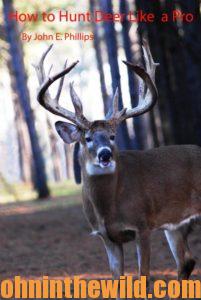 To learn more about hunting deer, check out John E. Phillips’ book, “How to Hunt Deer Like a Pro,” available in Kindle, print and Audible versions, at (http://amzn.to/YpoQHA). You may have to copy and paste these links into your browser. (When you click on this book, notice on the left where Amazon says you can read 10% of the book for free, and you can hear 10% for free). On the right side of the page and below the offer for a free Audible trial, you can click on Buy the Audible book. To see more of John’s deer-hunting books, visit http://www.amazon.com/author/johnephillips. John and Denise Phillips’ new book, “The Recipes You Can’t Live Without,” that’s full of delicious, time-tested recipes for cooking wild game and fish and also ideas for breakfasts at your hunting club just was published in print this past week. Go to https://www.amazon.com/dp/B09MYTMSMH?ref_=pe_3052080_397514860 to learn more.
To learn more about hunting deer, check out John E. Phillips’ book, “How to Hunt Deer Like a Pro,” available in Kindle, print and Audible versions, at (http://amzn.to/YpoQHA). You may have to copy and paste these links into your browser. (When you click on this book, notice on the left where Amazon says you can read 10% of the book for free, and you can hear 10% for free). On the right side of the page and below the offer for a free Audible trial, you can click on Buy the Audible book. To see more of John’s deer-hunting books, visit http://www.amazon.com/author/johnephillips. John and Denise Phillips’ new book, “The Recipes You Can’t Live Without,” that’s full of delicious, time-tested recipes for cooking wild game and fish and also ideas for breakfasts at your hunting club just was published in print this past week. Go to https://www.amazon.com/dp/B09MYTMSMH?ref_=pe_3052080_397514860 to learn more.
Tomorrow: Enjoy Hunting Deer in Pines – Years 16 – 30

